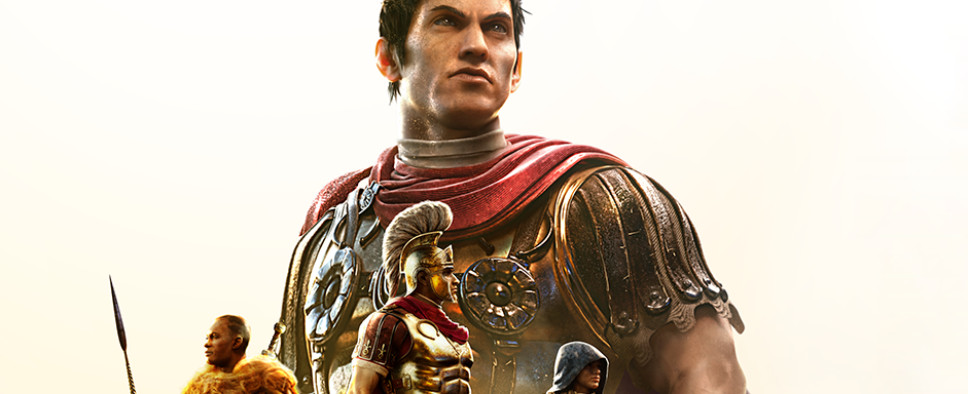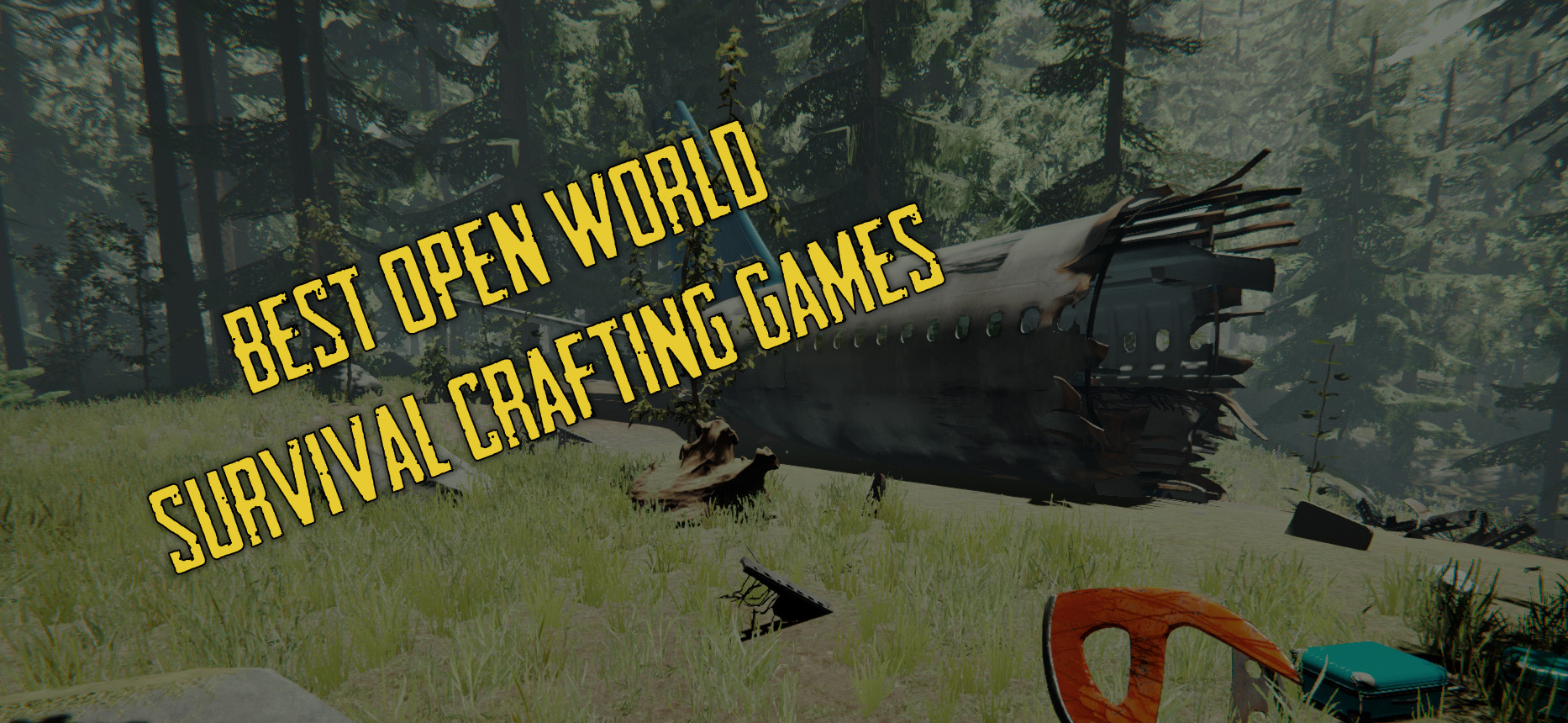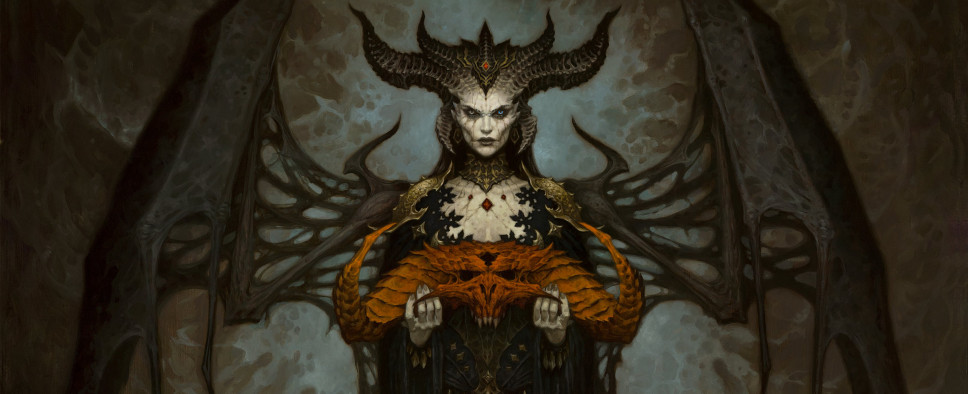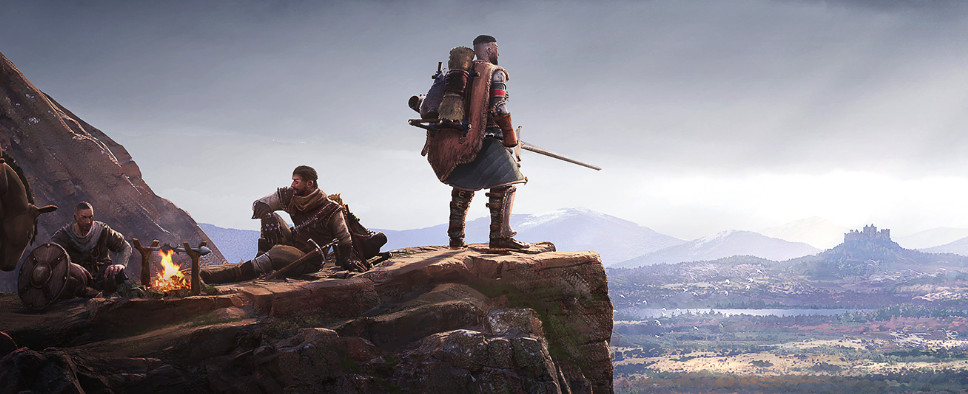Ave! Welcome to our third DevDiary for Expeditions: Rome. In previous DevDiaries, we’ve laid out the broad strokes of our vision for the game, and we’ve delved into detail about the combat system and given you a hint of the myriad tactical opportunities introduced by our skill and item design. Today, we want to focus on what makes Expeditions: Rome a role-playing game: the story, the characters, and the way you interact with them.
The story of Expeditions: Rome is built on three major pillars: its authentic historical setting, deep and compelling characters each with their own personality and agenda, and the choice and consequence that is crucial to the role-playing genre. While the historical setting has provided the foundation for our writing, we’ve introduced our own fictional characters to drive the plot forward, and we’ve put great effort into allowing the player to change the course of history in major ways.
To us, history isn’t a set of events that must be experienced the way they actually happened, but rather a backdrop for a complex plot that may borrow countless elements from history but must not be limited by it.
The historical backdrop of Expeditions: Rome is, as the name suggests, Ancient Rome – specifically the late Republic, somewhere around the middle of the first century BC. You will be cast in the role of the scion of a patrician family, who are forced to flee Rome when your father dies. Joining the Mithridatic Wars in Greece, led by the Consul of Rome, who happens to be a friend of your family, you quickly rise through the ranks thanks to your military talent and the favour of your powerful patron.
As your victory draws near, you will be faced with a momentous choice: secure the evidence you need to take your rivals to trial before the Senate or strike a decisive blow in the war effort that will save the lives of many Roman legionarii. This is just the first of the major choices you will be faced with in the game, which will keep branching the plot and affecting scenes throughout the rest of our story.
After the war, you return to Rome to regain control of your family and property. Rome is where you really get to see the effects of your war-time choices, and as the story skips forward in time, the long-term consequences become clear. You will soon find that you have made a powerful and dangerous enemy in a Senator by the name of Vitellius Lurco.
This leads us naturally into our second story pillar: the fictional characters we have introduced to drive the plot forward. Vitellius Lurco – your primary antagonist in Rome – is not a real person, but represents an amalgam of many different real-world people who lived at the time. He is a ruthlessly ambitious and frighteningly intelligent man with great plans for the Republic… plans that you are standing in the way of. As our plot begins to diverge more and more from historical events, these changes are driven by his schemes, your own reactions to them, the influence of your friends on those reactions, and the choices you make along the way.
A word on those friends. Expeditions: Rome is a party-based RPG, meaning you do not go into combat alone – you fight alongside a group of companions, each of whom has his or her own reason for following you. This is a motley crew, ranging from your old family servant and mentor Syneros, over the freed gladiator slave Bestia Tabat, to the Scythian amazon warrior Deianeira. Every companion has their own part to play in the main story, and they all have their own personal quest to deal with. Sometimes you even get to play as them! And, yes, as many of you have asked: you will have the opportunity to form a romantic relationship with most of them.
In addition to these companions, which are critical story characters who stand by your side through thick and thin across the entire span of the story, you will need to recruit legionarii from your legion to fill out your praetorian guard. These praetorians are mainly used in randomised pacification missions where leadership must be delegated to one of your companions (as a legatus, you do not have time to handle every little thing yourself), but they are not just filler – as in previous Expeditions games, every character in your party has a set of personality traits that determines how they feel about your decisions.
A Conciliatory character approves of peaceful overtures but responds poorly to aggressive actions. A Hedonistic follower wants you to make time for recreation and revelry and objects when you fail to make time for such needs. The Approval of each praetorian determines their morale in combat, meaning disapproving praetorians may disobey you or be more likely to panic when things go poorly. If you manage to anger a praetorian enough, they will eventually leave you – and the manner in which they leave will depend again on their personality traits. But don’t worry, your closest companions at least will never leave your side, no matter how gravely they disapprove of your actions.
Approval is just one of the many ways – large and small – that your choices influence the direction of the story and even of the gameplay. As we set about realising our vision for this grand, sweeping story of Expeditions: Rome, opportunities kept presenting themselves to let you, the player, decide the fates of major characters or the outcomes of missions. To us, the most important thing is that these choices should feel organic rather than contrived, and that they should have major consequences and knock-on effects, both clearly sign-posted and unforeseen. Some choices may seem small and insignificant at first, but then come back to haunt you in surprising ways later.
If this seems intimidating to you, rest assured that there is no wrong choice in Expeditions: Rome. There are no perfect endings, nor are there any entirely bad ones. For every character you make an enemy of, another will join your side. We encourage you to make decisions based on what kind of character you want to play, and then see how the story reacts to that and unfolds before you.
We hope this has given you some insight into what kind of story we’ve created for you in Expeditions: Rome, and that you’re excited to see what kind of mark you can make on this fascinating corner of history we’ve carved out for you. In a later DevDiary, we’ll go into more detail about the characters you’ll fight besides in Expeditions: Rome, and if you’ll join us for our DevStreams, you’ll gain even more insight into the process of creating this expansive RPG and how we’ve brought our world and our characters to life.
In fact, please join us for our third DevStream on Wednesday, June 23rd at 1:00 PM Eastern / 5:00 PM GMT on the THQ Nordic Twitch Channel: http://twitch.tv/thqnordic, where our Senior Producer Brad Logston will be talking with Creative Director Jonas Wæver and Lead Narrative Designer Fasih Sayin about the incredible work of writing Expeditions: Rome. As always, we will take questions directly from this DevDiary to answer on-stream, so be sure to get your questions in early and catch the stream to hear the answers directly from the development team!
We hope you’ve enjoyed this third DevDiary and that you’ll join us in a few weeks when we talk about the visuals and art of Rome.
Until then, Valete!





